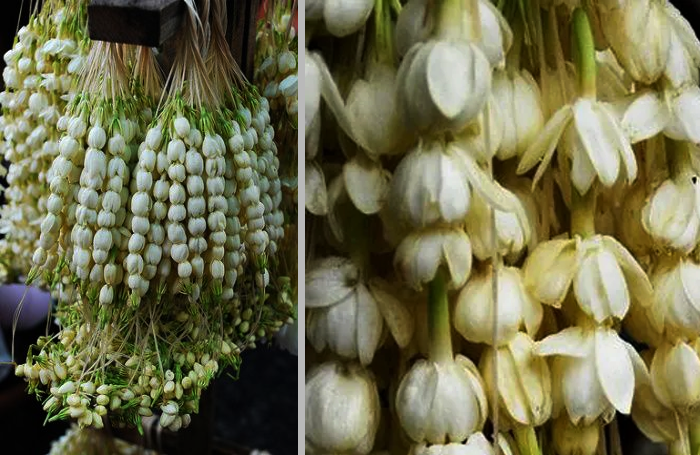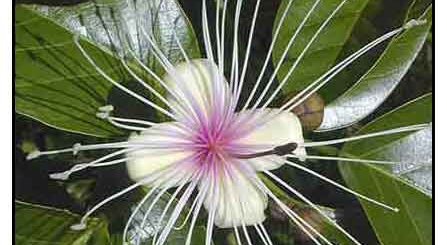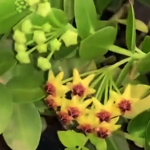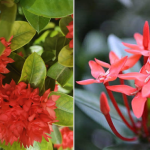Sampaguita
Sampaguita, the white bloom with it’s fleeting lifespan, symbolizes transient purity and the evanescence of life. The flower signifies hope and fidelity, making it a revered element in various cultural practices and traditions. For Filipino people the Sampaguita is not just a visual treat but also a representation of virtues deeply cherished by the nation. It epitomizes purity, simplicity, humility, and strength—values that resonate with the Filipino spirit.
Sampaguita flower, traditionally offered to saints as testament to the deep-rooted faith and spirituality of the Filipinos. Owing to it’s association with purity and sanctity, it’s uncommon for Sampaguita to be given as a gift or sign of affection; its reverence is reserved for a higher plane. However, in recent times, this traditional view has experienced a shift. The flower has been artistically integrated into contemporary culture as additional costumes of beauty pageant or cultural event.

It is the national flower of the Philippines. Sampaguita scientific name is Jasmine sambac, but it’s commonly known as Asian jasmine, Arabian jasmine, sacred jasmine, or Asiatic jasmine. Although it has many names, it’s the only official national flower of the Philippines.
Sampaguita sits in the Oleaceae family, and although it’s the national flower of the Philippines, it’s not a native. Scientists aren’t sure exactly where sambac jasmine originates because it’s been traded and cultivated for thousands of years.










